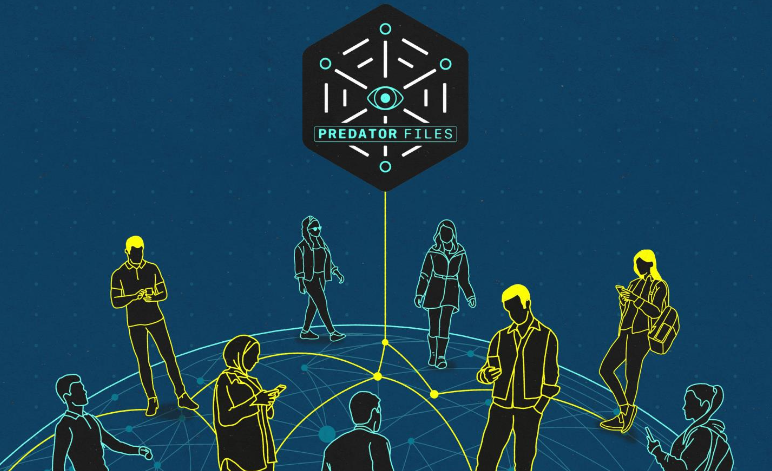A long time ago at the dawn of the internet era, a tech journalist bought the mcdonalds.com domain name. Actually, “bought” isn’t really correct, because back then in order to obtain a dot com, you merely had to know how to send email to the right destination, and within days, the domain was all yours. That was how I first got my own strom.com domain back in 1993. Free of charge, even. It was the wild west. (Some may say it still is.)
The journalist was Josh Quittner, who was writing a story for Wired magazine about domain squatting, although it wasn’t glorified with an actual name back then. Josh noticed that the name wasn’t yet taken, so he tried to do the responsible thing and called a PR person at McD’s to try to figure out why they weren’t online and hadn’t yet grabbed it. Of course, back then, almost no one had gotten their names — Burger King didn’t yet obtain their own domain name, btw.
The PR person, bless their heart, asked, “Are you finding that the Internet is a big thing?” Yeah, kinda. As he wrote, “There are no rules that would prohibit you from owning a bitchin’ corporate name, trademarked or not.” So he grabbed the domain and refused to turn it over until McDonald’s agreed to provide high-speed Internet access for a public school in Brooklyn. Eventually, the company figured out that they really wanted the domain for their own business, and domain squatting has never been the same since then.
Domain squatting now has a wide and varied subculture. Here is a 2020 report from Unit42 that goes into further details, for example.This includes homographic attacks (using non-Roman character sets), combo squats (that add subdomains to make them appear more legit), level squats (using a very long character string, counting on the browsers to truncate them and make them more believable) and I am sure many more perfidious techniques.
A complicating factor is we now have all kinds of domains like .xyz and .lawyer to contend with, which only increases the threat space that bad actors can occupy in domain impersonation. Josh emailed me today and said, “I figured that with the creation of so many top-level domains the shenanigans around domain-name squatting would abate but it just created loads of new problems. For instance, some scammers pretending to be decrypt.co (my crypto news site) created a mirror site with a very similar name and used it for phishing. They periodically send out email to millions of people claiming to be decrypt and urge people to connect their crypto wallets to collect tokens. Emailing the host site and alerting them to the scam did no good.” Yeah, wild west indeed.
I was reminded of this story when I saw that yet another business had let their domain registration lapse and was purchased by tech consultants who are trying to give it back to its rightful owner. Why do these things happen? One major reason: domain ownership ultimately relies on humans to pay attention, and renew them at the right times. (I just renewed a bunch of mine, which I had wisely setup years ago to expire on January 1.) Also, in big companies like McDonalds there may be several different domain owners spread among various departments, especially if a company has been acquired or has created new subsidiaries.
Actually, there is a second reason: greed. Criminals have adopted these squatting techniques to lure victims in. Just a few days ago I thought I was buying some stamps from USPS.com, but was brought to some other domain that looked like them. You can’t be too careful. (And the USPS doesn’t discount their stamps by 40%, which should be a red flag.)
 I wrote about the insidious
I wrote about the insidious